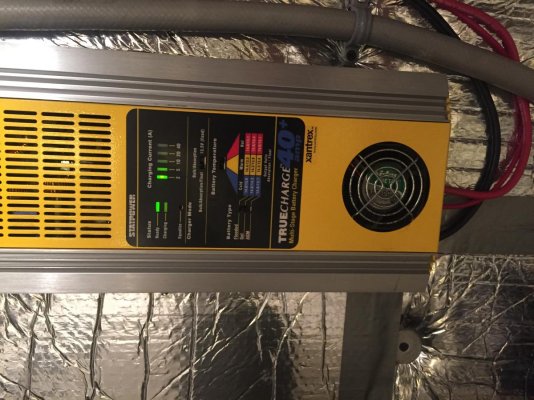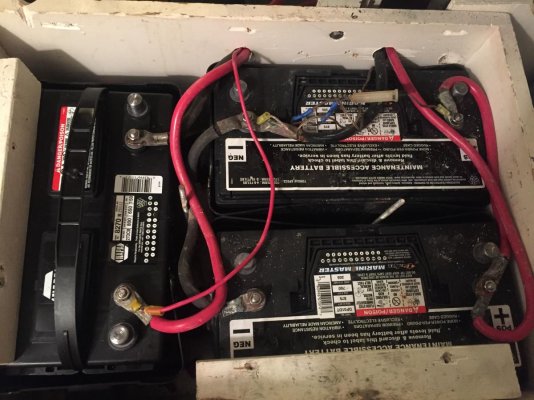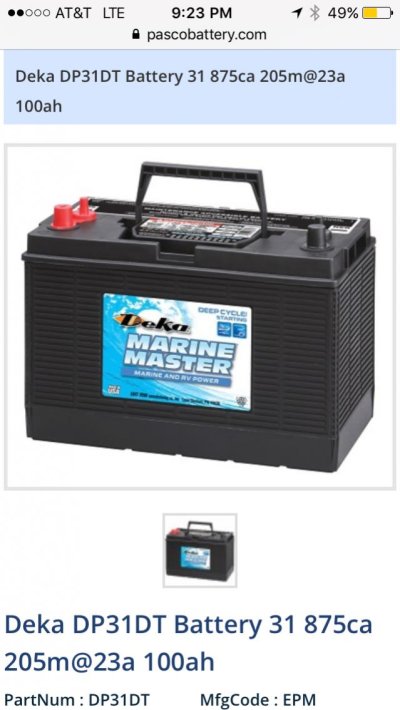Crawdaddy
Member
I have a new to me boat that is having power issues. We have gone out cruising for an afternoon and dropped anchor for a few (4-5) hours. I left all navigation systems on, not thinking, and then my engine wouldn't start without a jump...
My generator batter is separate (isolated?) so I could use that as a jump battery. I just replaced the generator battery on Saturday. Today I load tested the other 5 house bank batteries and all were good (I had the old generator battery tested too- I was told it was time to replace) I have an alternator and separate battery charger, so I wouldn't think a few hours at anchor would drain 5 batteries? What am I missing? I want to be able to spend several days at anchor (with occasional running of engine/ generator)
So what do you all leave on while at anchor? Nothing except what is being used? Only the refrigerator and radio? Do you constantly turn breakers on and off?
My generator batter is separate (isolated?) so I could use that as a jump battery. I just replaced the generator battery on Saturday. Today I load tested the other 5 house bank batteries and all were good (I had the old generator battery tested too- I was told it was time to replace) I have an alternator and separate battery charger, so I wouldn't think a few hours at anchor would drain 5 batteries? What am I missing? I want to be able to spend several days at anchor (with occasional running of engine/ generator)
So what do you all leave on while at anchor? Nothing except what is being used? Only the refrigerator and radio? Do you constantly turn breakers on and off?

 Now when we are at anchor I keep the inverter off unless we need it.
Now when we are at anchor I keep the inverter off unless we need it.





